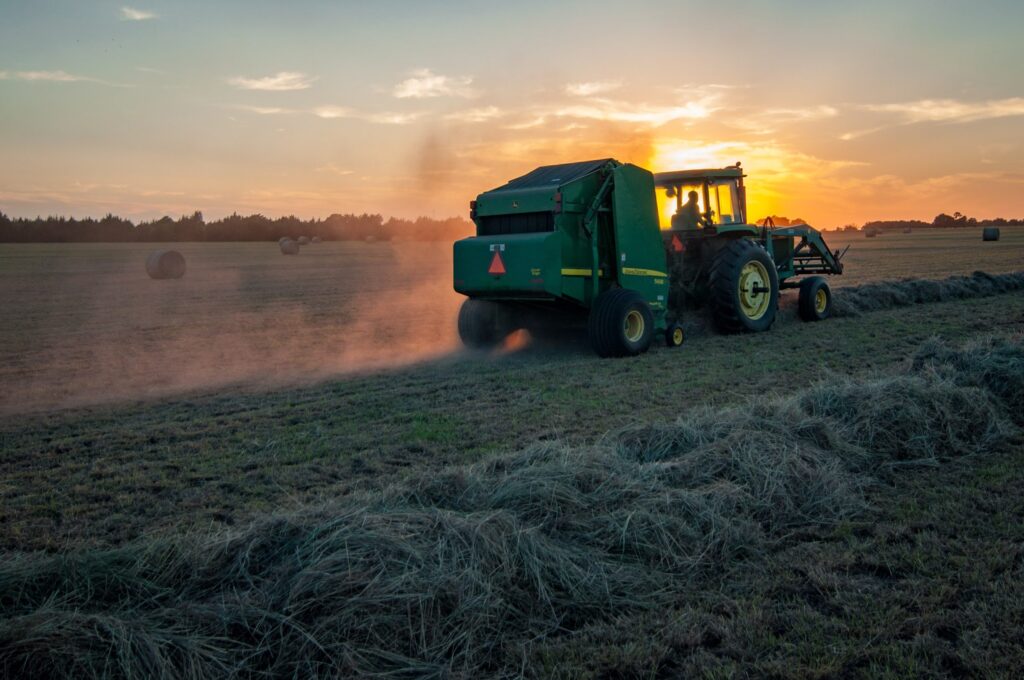The most effective marketing research programs yield insights that resonate with a variety of audiences, both internal and external, through compelling storytelling. Researchers must connect audiences with research findings to propel brands and business impact forward.
Then there is the reality of business life:
Jessica snoozes through Powerpoints.
Rahul only engages when video testimonials come on screen.
Erin wants to identify with a protagonist in each presentation.
As an insights champion, it takes a particular skill set to recognize business stakeholders’ unique needs and expectations. From pitches for project buy-in to final reporting of insights, it is essential to keep the audience engaged. While an internal audience may have more direct experience with the research process, they still need the process and the results distilled into digestible narratives to get their interest and maintain it throughout the research project.
Connecting with external audiences requires a similarly tailored approach. Externally, research results may support marketing agencies as a base for promotional campaigns or outside consultants to help shape business strategy. Journalists also may be interested in research results, leading to increased brand awareness through press coverage. Findings may also lend themselves to thought-leadership opportunities, including industry publications and conference speaking engagements. Research professionals must find the story within the data to forge meaningful connections with these external actors.
Audiences are exceedingly interested in the agricultural world when information is framed in the right context. Whereas just a decade ago, few considered how a tomato ends up on someone’s sandwich, hot topics like sustainability and locally-sourced products are now at the forefront of many people’s minds. Making agricultural research exciting produces a buzz that can net a positive impact on brands.
Increased collaboration, impactful marketing, press coverage, and improved brand awareness are just a few of the benefits of leveraging research data. To be able to leverage these findings, the audience must be interested. To connect with any audience, here are 3 ideas to craft an exciting story with agricultural data:
1. Show How the Little Guy and the Big Guy Can Get Along
Audiences today are more interested in what their local farmer is up to than they ever have been, but this interest comes with some caveats. A survey by the National Grocers Association found that 63 percent of consumers ate local produce or products two or more times per month. But, when reporting on their priorities, buying “more locally grown foods” was second on shoppers’ lists below “price/cost savings.” Also, 53 percent of consumers indicated that convenience was important when shopping for food products.
Sharing stories about how these consumer desires are not mutually exclusive and how the “big guy” and “little guy” can get along can make for an engaging story.
For example, consumers acknowledge they appreciate the benefits of large-scale industrial farming, but they WANT to support locally-sourced produce with environmentally sustainable practices. One way to weave a more exciting narrative would be to show them how even local agricultural ventures adopt large-scale practices to bring the best of both worlds together. For instance, companies like Red Tomato and methods like virtual field consolidation through data sharing allow small farmers to harness the profitability of large-scale practices by increasing yields and accessing better logistical networks.
Marketing agencies or teams can craft marketing messages to highlight these trends to inform consumers about how new farming techniques and innovations in agtech benefit farmers of every size and tap into multiple priorities for the consumer. By ticking off more of their boxes on their list of priorities, market share can be increased, and brand loyalty becomes possible.
2. Paint a Sunny Picture of the Future
Many controversies surrounding food sourcing, seed purchasing, GMOs, pesticide control, and more have proliferated with the advent of social media. Stories, both true and false, have painted a negative picture for many major food production industries. Interestingly, Bayer CropScience discovered that while consumers seem to distrust industrial farming, 73 percent favor the use of technology and farming techniques that make crop-growing efficient as long as it is discussed openly and transparently.
Instead of engaging with or trying to dispel common misconceptions about these encourage discussions around potential positive outcomes with facts and supporting research findings. Audiences become engaged when shown how technology can improve agricultural output while lessening negative environmental impacts. For example, when discussing practices like UAV surveying, the narrative should focus on how technologies on the frontier of agricultural science can solve ongoing problems. This focus on the positive solution instead of the initial problem can paint a sunnier picture of a possible future instead of focusing on the problem and having the narrative follow a downward spiral. Framing research outcomes in this way can engage the audience in narratives of positivity rather than cynicism.
3. Highlight Success Stories
Labor shortages in the agricultural world loom over the industry’s future. Fortunately, members of the younger generation are stepping up to fill new niches brought about by the demand for diverse, high-quality products and farm-to-table supply chains. Stories highlighting how operations like CropX are part of a growing and profitable market segment transform the image of the stereotypical farmer and invite audiences to imagine farming as a viable career full of modern technology.
Using newly-framed narratives like these can help agricultural organizations leverage data to create engagement and industry growth. With new conversations come new ideas, and fostering an affinity for the direction the industry is going becomes a possible outcome from agricultural research, both qualitative and quantitative.
Get the Journey Started
For research results that garner buzz, brands must have high-quality insights. And high-quality insights begin with high-quality data. Collaboration with an experienced research partner to ensure business objectives are met throughout the research process is key. From initial survey design to data collection and analysis, research partners should clearly understand the type of audience targeting required and expected deliverables. Experienced research recruiting partners will offer robust profiling to reach niche audiences within the agriculture space, from hobby farmers to those with dietary restrictions, specific geographic requirements, and more. A proven track record of providing clear and transparent logistics plans to achieve the prescribed goals is essential when vetting potential partners. With the details of planning, fieldwork, and data collection handled, the focus can be on using this quality data to create high-impact narratives to build momentum for brands.
Looking for more ways to get meaningful research done to move the needle? Contact us and let one of our experienced ag project managers help you take your next best step.
Want to learn more?
Market research is critical for the sustained success of businesses operating in the agriculture space. Click here for a free short video featuring expert tips to differentiate your market research!




